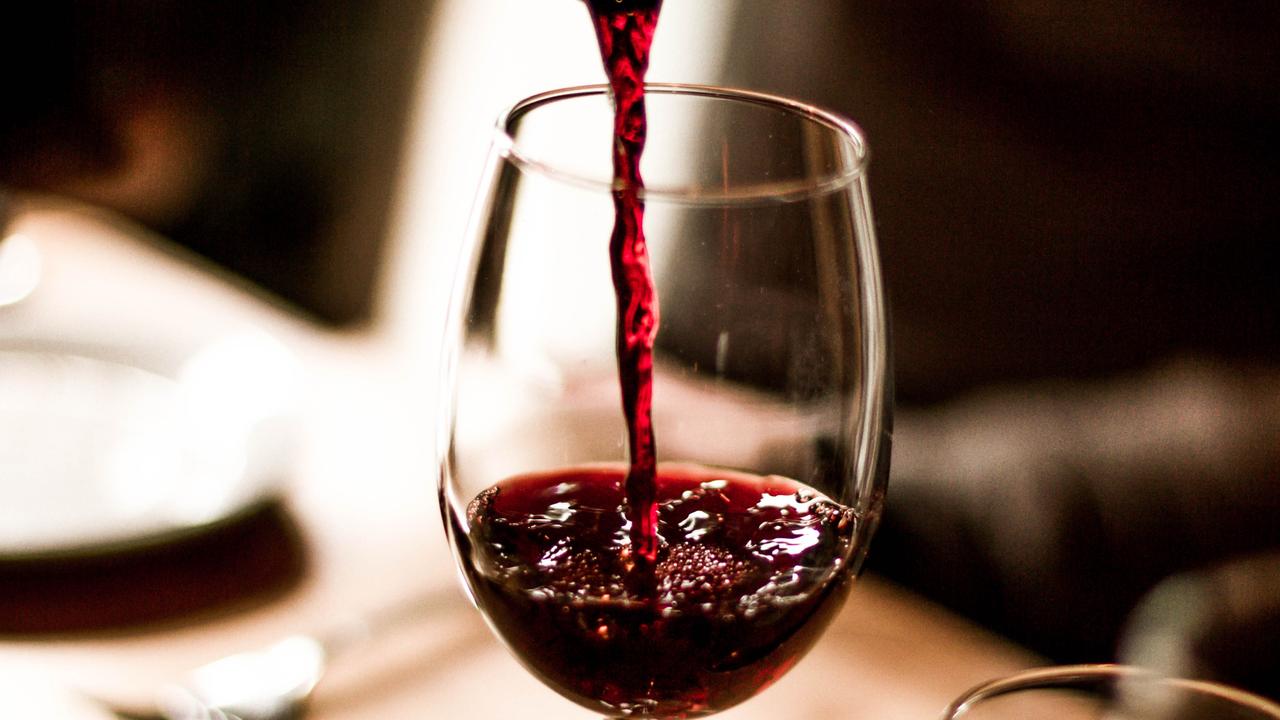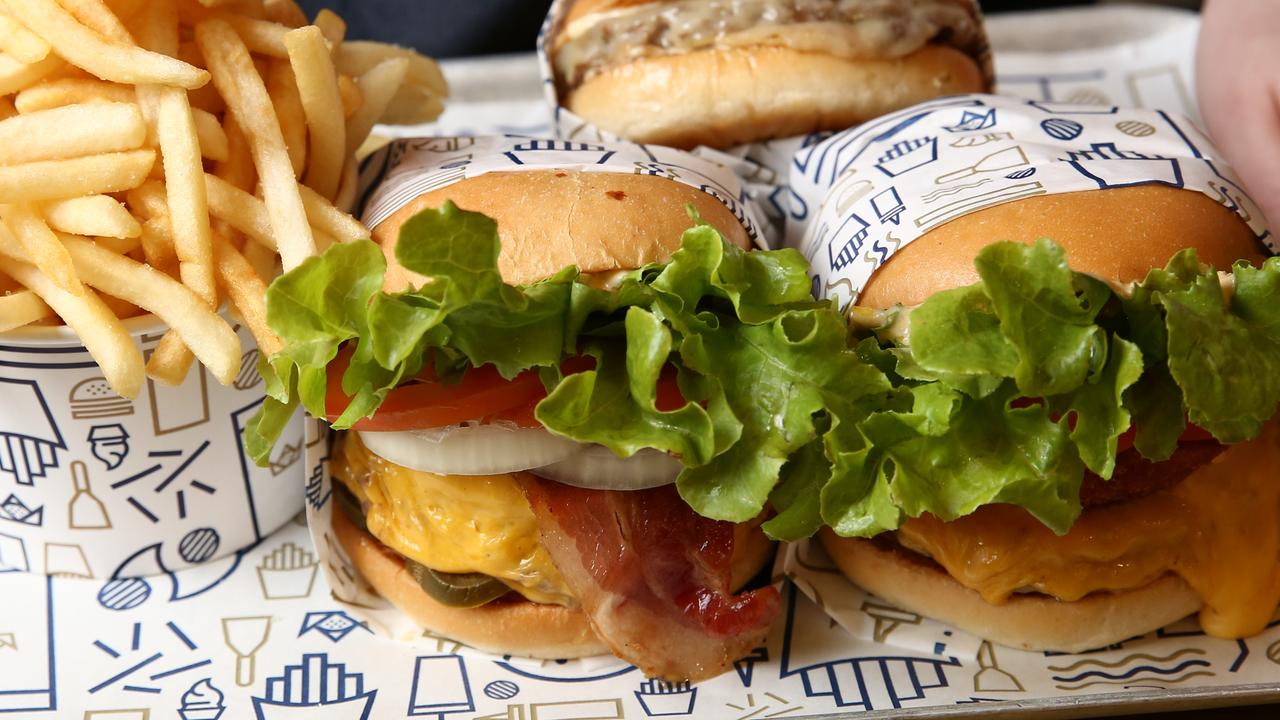Champagne, prosecco, cava, franciacorta: what’s the difference?
WHAT’S the difference between champagne and prosecco, and why is everyone banging on about Italian franciacorta? Here’s everything you need to know about the new sparkling wine trends.

Eating Out
Don't miss out on the headlines from Eating Out. Followed categories will be added to My News.
NOTHING says celebration like popping a bottle of bubbly.
It’s the go-to social lubricant we open at weddings, parties, everything. But how do you know which one to pick? Do you prefer the dry, brioche aromas of champagne, the fruit-driven flavours of prosecco or perhaps you’re looking for a more adventurous Italian style, such as up-and-coming franciacorta or even an Aussie sparkling shiraz. While French champagne was once the fizz on everyone’s lips, these days, it’s gone a bit flat and there are a bunch of new sparkling wine makers producing fizzy lifting drinks that are as good as the classic French stuff. Here’s everything you need to know about the sparkling wine wonders of the world.
SPARKLING WINE 101
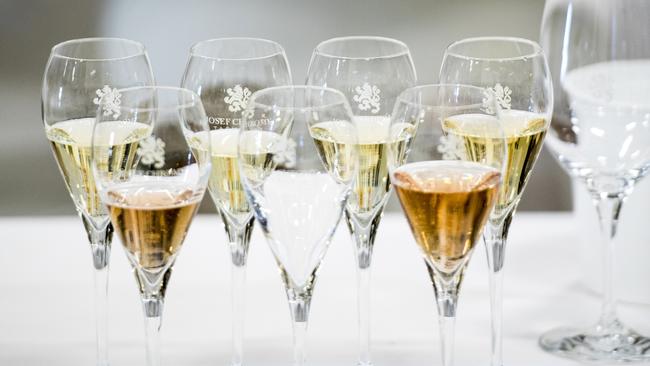
BATTLE OF THE BIG-NAME BUBBLES
CHAMPAGNE
Comes from the Champagne region of France. It is made in the traditional method (it ferments first in a barrel, then has a secondary fermentation in the bottle to give it its bubbles) using chardonnay, pinot noir or pinot meunier grapes, or a blend of all three, and comes in a range of sweetness levels ranging from extra brut (dry with less than 6g sugar per litre) to doux (sweet, with 50g sugar or more per litre). Champagne is often described as having flavours of toast, brioche, bread, biscuit or cheese rind due to its time spent ageing on yeast cells (lees). It can also display peach, honey, orange rind and white cherry, depending on the blend and proportion of grapes used, as well as the vintage.
PROSECCO
Prosecco, which has seen a meteoric rise in popularity over the last few years, is often labelled as Italy’s answer to champagne. But the two wines are far more different than they are alike. First things first, prosecco is a sparkling wine that hails from Veneto in Italy’s northeast and is made using a grape variety called glera, which is native to the region. Glera is high in acidity making it perfect for bubbly. Secondly, prosecco is made using the Charmat method, not the traditional method. The Charmat (or Marinotti) method, which sees the second fermentation occur in a steel tank instead of in the bottle, is a cheaper and less labour-intensive process, which is why good-quality prosecco is often more affordable than champagne. Lastly, the expression of the glera grape and the lack of time spent on lees gives prosecco a very different profile. It is generally more fresh, delicate, fruit driven and less complex than champagne, displaying notes of citrus, apple and white flowers. This is why prosecco is often labelled as tasting ‘sweeter’ than champagne, despite often containing less actual sugar.
FRANCIACORTA
If we’re talking about champagne’s sparkling Italian sister, Franciacorta — not prosecco — is it. This lesser-known sparkling wine is, arguably, one of Italy’s best sparkling exports. It is made the exact same way as champagne, which means the wine is generally drier and more yeasty than prosecco. Franciacorta also preferences the same grapes as champagne (chardonnay, pinot noir) and pinot blanc. Like champagne, Franciacorta is named after the Lombardian region, in Italy’s central north, in which it is made.
CAVA
Cava is Spain’s answer to champagne. The dry sparkling wine is made in the traditional method, but using grape varieties native, for the most part, to the Catalonia region of Spain — such as macabeu, parellada and xarel-lo. This produces a wine that is normally drier and more complex than prosecco, but less complex than champagne.
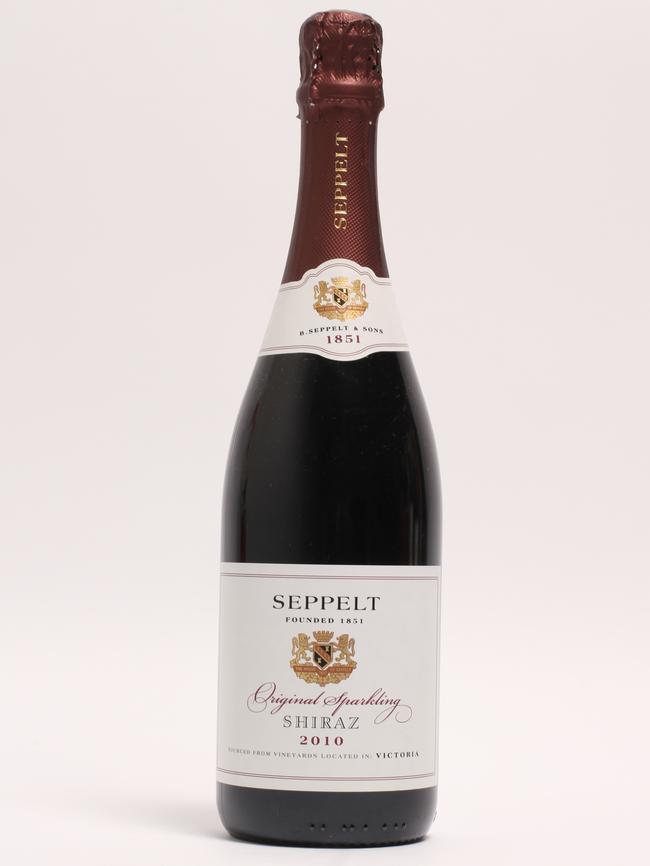
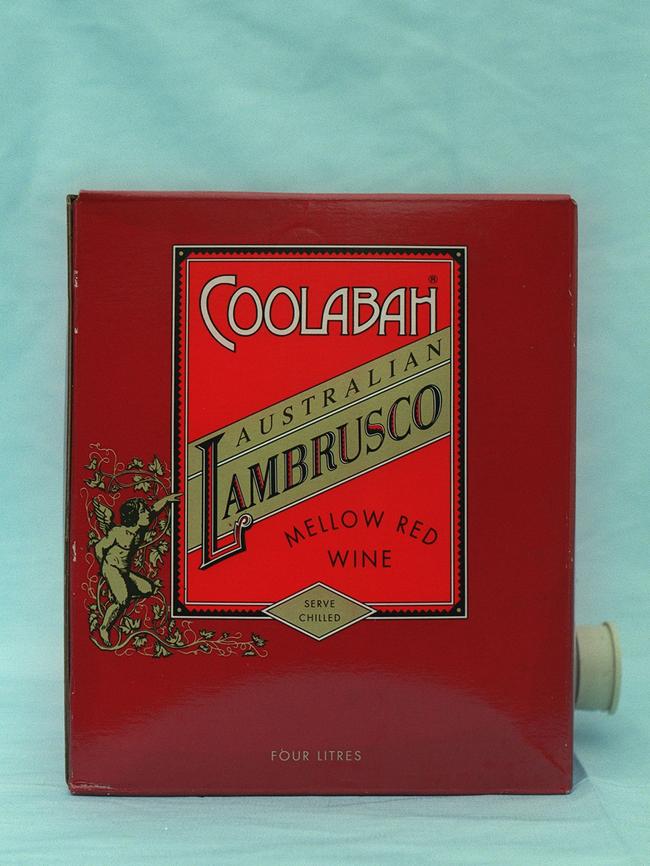
THE OTHER GUYS
As well as the more popular wines listed above, there are a host of other lesser-known and underrated bubblies that are starting to make a big impact on the global sparkling wine scene.
PÉTILLANT NATUREL
Pétillant Naturel(a.k.a., Pét-Nat) is a French-style sparkling made using a method that predates champagne called the Methode Ancestrale. These are more like natural wines in that they are made using wild (or commercial) yeast to start the fermentation and are bottled during the primary fermentation, before all of sugar has been converted to alcohol, delivering interesting, unpredictable results. They are generally unfiltered, too, which gives them a more cloudy appearance.
SPARKLING SHIRAZ
Sparkling red wines, which were once referred to as Sparkling Burgundy, have made a refined comeback thanks to Aussie winemakers. So, if you prefer your sparkling wines ruby red and full of fruit, these will be your new faves. Of particular note is Australian sparkling shiraz, which sees some oak maturation giving it a complexity that is not generally seen in traditional sparlings. Serve them chilled and enjoy with pizza or, if you’re feeling adventurous, even duck.
LAMBRUSCO
Lambruso, an effervescent red wine from the Emilia region in Italy, has long been shunned by the sparkling wine cognoscenti because of its overtly sweet profile. But, these days, the easy-drinking red is seeing a bit of a renaissance. You can now find top-quality lambruscos ranging from bone dry (secco) to sweet (dolce), exhibiting lush, bright red-fruit flavours and subtle muskiness. They also tend to be higher in acidity, making them the perfect table wine to serve with pizza and pasta, cheeses and even cured meats.
TRENTO
If you thought champagne was highly regulated, wait ‘til you meet Trento DOC (denominazione di origine controllata, Italy’s official wine-naming system which refers to the origin of grapes). This sparkling white or rosé wine, which comes from the mountainous region of Trentino, at the base of the Dolomites in Italy, was only the second region to be granted appellation (after the traditional method) in order to ensure quality and distinction. Trento DOC — otherwise known as Trentodoc — is made using only chardonnay, pinot noir and, to a lesser degree, pinot meunier and pinot blanc. As with the traditional method, a second fermentation occurs in the bottle, which means Trento DOC wines are distinguished by a delicate, rich, mineraly bouquet thanks to their mountainous terroir, and a dry, smooth elegant flavour.
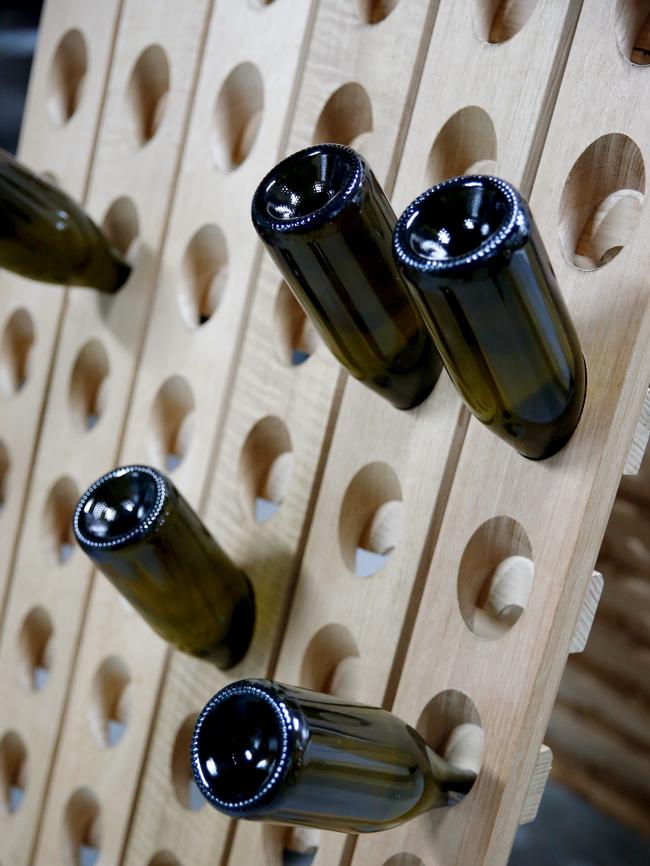
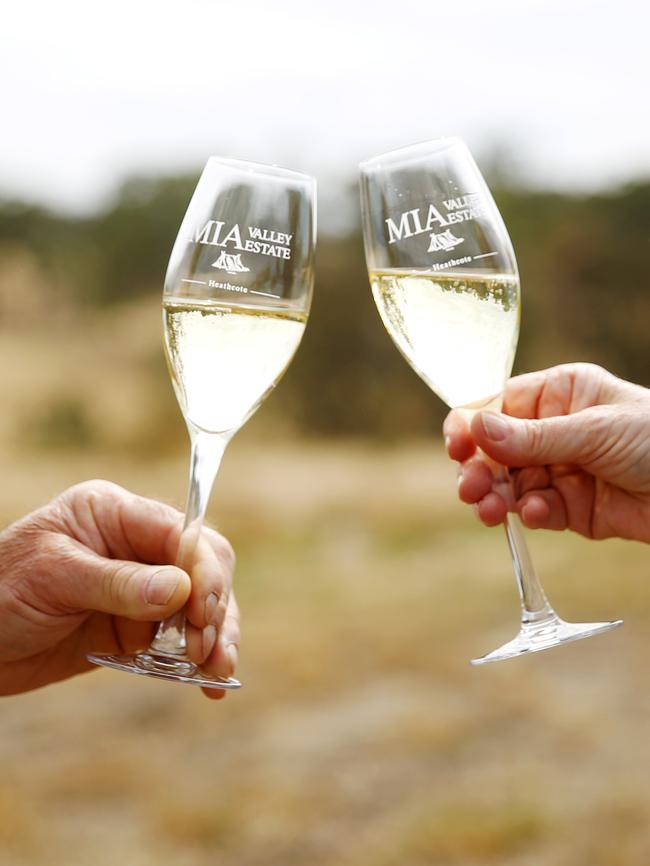
ASTI
Asti is a sweet, lightly sparkling (frizzante) wine from Italy’s Piedmont region made from muscat grapes. Its high sugar content means it is lower in alcohol than other sparkling wines, making it an ideal after-dinner or dessert pairing option.
BRACHETTO D’ASTI
Piedmont is also famous for another sparkling red known as Brachetto d’Acqui. Brachetto d’Acqui is a sweeter-style frizzante made using light, red Brachetto grapes grown in the very limited area around the town of Acqui Terme. Try pouring a splash over fresh strawberries or vanilla ice cream for a delicious dessert. It also pairs well with fruit tarts and panna cotta.
SEKT
Of course, it wouldn’t be a sparkling wine list without mentioning Sekt. Much like its Spanish counterpart, Sekt has long been seen as being a cheap, poor-quality alternative to champagne. But, alas, these German and Austrian sparkling wines are making a comeback. At its best (winzersekt is the top rating), this bubbly is made in the traditional method from riesling grapes; the mid and lower-level sekts, however, can be made in the Charmat method.
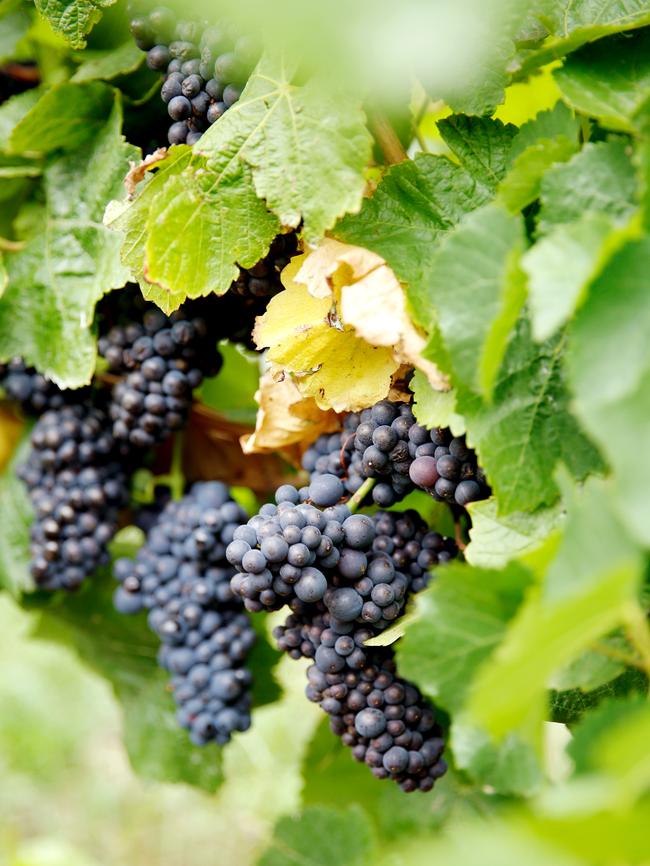
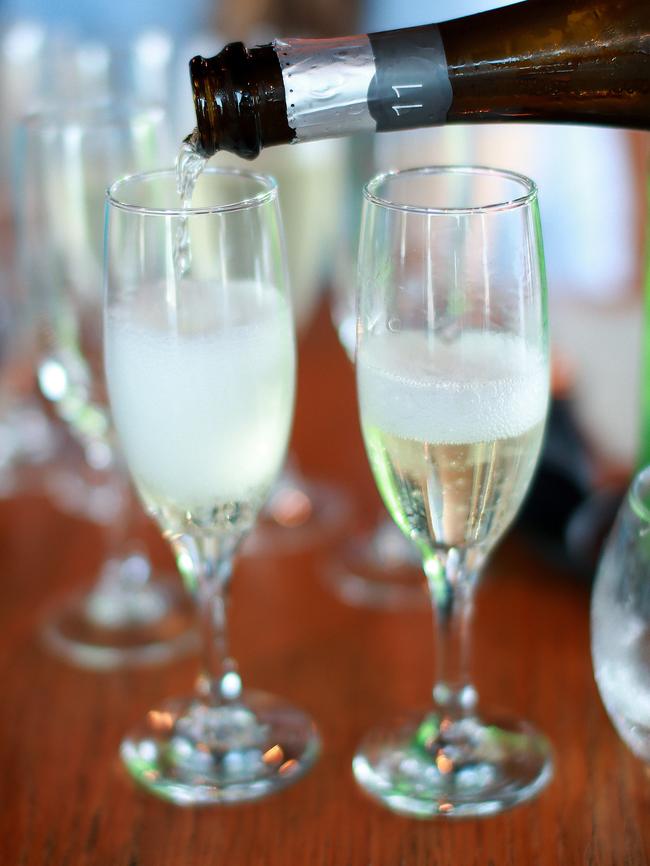
DEFINITIONS
SPARKLING WINE
This is the term used to describe any champagne that is produced outside of the Champagne.
CREMANT
This is the umbrella term used to describe any French sparkling wine, made in the traditional method, that is not champagne. Crémants are commonly produced in Alsace, Burgundy, Jura, and the Loire Valley and may also be made from grapes not permitted for champagne — including chenin blanc, riesling, pinot blanc and pinot gris.
CUVEE
If you see the word cuvee on your champagne label, it means the wine is made using only the best grape juice from the pressing of grapes. The first 2050 litres pressed from 4kg of grapes is known as the cuvee, while the following 500 litres are known as the ‘tail’ and are said to produce wines of lesser, or coarser, character.
FRIZZANTE V SPUMANTE
These terms refer to the level of pressure in the bottle. Frizzante refers to wine that is semi-sparkling, while spumante means fully sparkling.
BLANC DE BLANCS
Blanc de Blancs is the umbrella term for sparkling wines made from white grapes.
BLANC DE NOIR
This refers to sparkling wines made from red grapes.
BRUT
A dry sparkling wine that contains less than This is the most popular sparkling wine.
VINTAGE
Vintage — when grapes made from the harvest of a single year are used to make Champagne it is called “Vintage.” The year appears on the label of the bottle of Vintage Champagnes.
NV
When grapes blended from more than one harvest are used to make Champagne it is called non-vintage, or NV. The majority of Champagne is non-vintage.
LEES
Yeast cells left over from fermentation.
METHODE CHAMPENOISE
The traditional method of creating sparkling wine, where a second fermentation occurs in the bottle. This term can only be used when making Champagne in the Champagne region of France. When this method is used outside of the Champagne region it is called Méthod Traditionelle.

